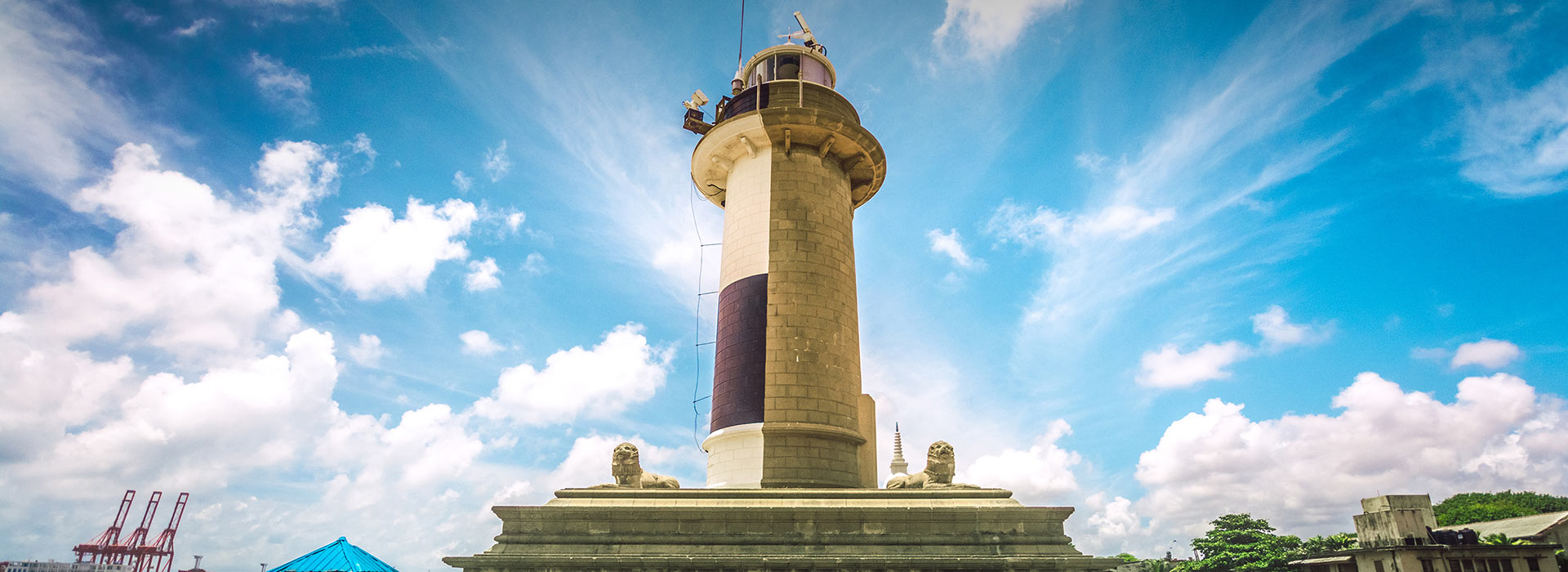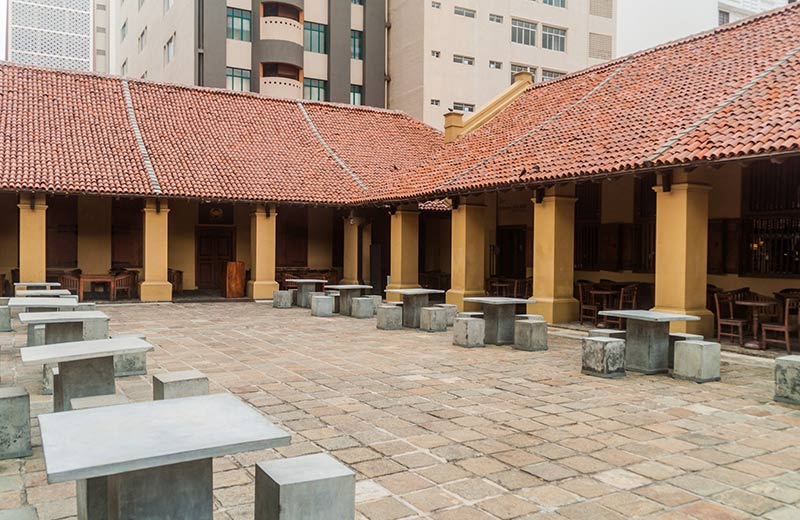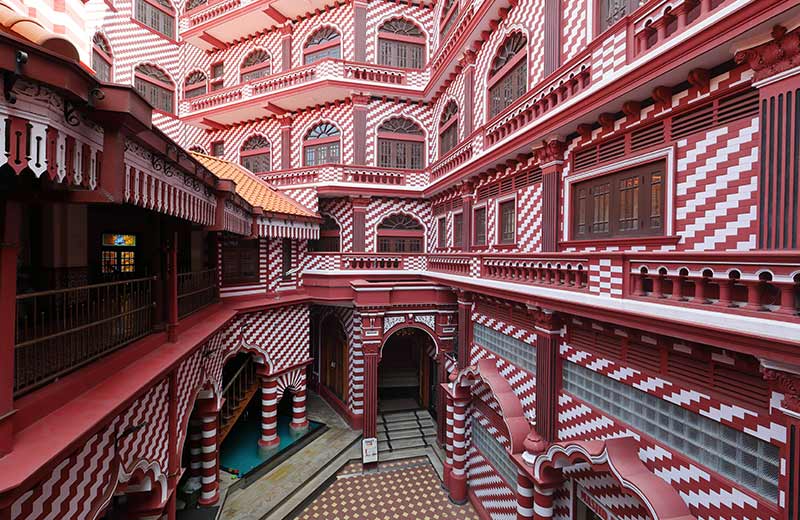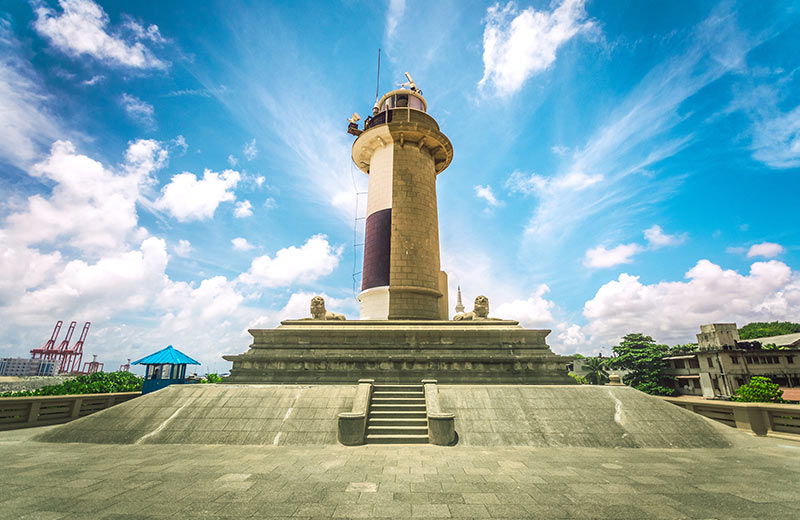Hidden Treasures of Colombo Fort
Amidst the heat, the hustle and the bustle of Sri Lanka’s commercial capital city Colombo, you will suddenly feel a gentle breeze, smell the salty ocean air, and hear the rustling of leaves from centuries-old trees, making you fall in love with this busy, vibrant and beautiful city.
Situated on the west coast of the island, Colombo has managed to hold on to a laid-back beach vibe despite being transformed into a metropolis. The Colombo Fort area holds many of the city’s historical monuments, especially from the colonial era, making it a fantastic place to go on a walking (or tuk-tuk) tour. However, while you visit popular sites like Old Dutch Hospital and Jami-Ul Alfar Mosque, be sure to check out these hidden treasures as well.
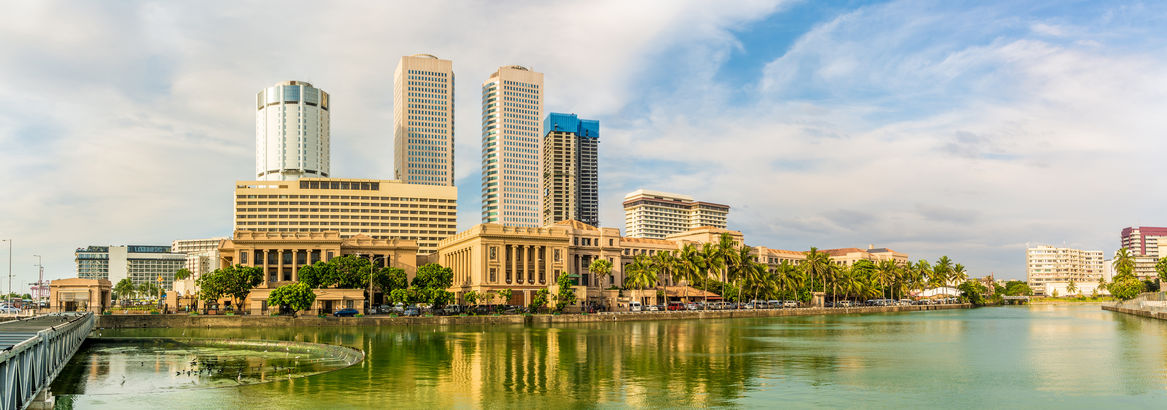
A view of the Colombo Fort area
Jail Cell of King Sri Vikrama Rajasinha
A stone’s throw away from Old Galle Buck Lighthouse is the jail cell of King Sri Wikrama Rajasinha, the last monarch of Sri Lanka. Right in the centre of Colombo’s financial district, lies this small jail cell which looks like a concrete gazebo with an orange exterior and an orbed ceiling. It was in this small cell, which looks out of place in urban Colombo, that the king and his wife were imprisoned before they were sent to India and jailed as Prisoners of War in 1816. Today you can peek into the cell through the black bars and catch a glimpse of two original portraits of the king and queen. This isn’t a major site, but if you are in the area, do stop by to get an insight into what colonial rule meant in Sri Lanka and how it was more than just the building of forts and lighthouses.
The Captain’s Garden Kovil
In the shadow of the Lotus Tower, far away from the hustle and bustle of Colombo Fort, you will find the Captain’s Garden Kovil, the city’s oldest Hindu temple. Built during the late 1700s, the temple’s full name is Sri Kailawasanathan Kovil, but it goes by many names including Theevu Kovil which translates to island temple. During Dutch rule, the temple was contained within a small island in the middle of the Beira Lake and devotees had to come by boat. Dutch sea captains would also take a break from their journey on this tiny island, thus giving it the name Captain’s Garden. Today, although the temple is located in close proximity to the financial district, it remains isolated and quiet; its colourful walls provide a quiet refuge from city life.
The Cargills Building
Situated in the heart of Colombo Fort is the crimson 170-year old Cargills Building. In its heyday, it was considered to be the Harrods of Sri Lanka and every six months British tea planters from across the island would flock to the city to stock up on supplies from their homeland. Today, the building is a shell of its former self; it still contains a few offices and shops, but it is not the hub of activity it used to be. The Cargills Building is a perfect example of the juxtaposing of the old and new in Colombo Fort as the Twin Towers (commercial building housing many corporate offices) rise high behind this red and white bricked building.
Old Town Hall Museum
The Old Town Hall Museum is one of Colombo’s best-kept secrets. Found at the end of Main Street in Pettah, this rather eclectic museum houses artefacts from years gone by. From street signs to uniforms and a van with deflated tires to a replica of a city council meeting with seated wax figurines, it is indeed one of the more interesting places to visit in the area. The building itself cannot be seen from the streets, wedged between vendors selling various vegetables or sharpening knives, you will see an open gate that will lead you to the Old Town Hall which is now a fire station.
Old Galle Buck Lighthouse
Unlike their predecessors, the British were not too concerned about a ground military attack – which is why Colombo Fort doesn’t have any fort walls. Instead, the Colonials prided themselves on their naval prowess and built lighthouses across the island, including Colombo. However, the original lighthouse became redundant with the changing Colombo skyline and in 1952 the Old Galle Buck Lighthouse was opened by the first Prime Minister of a newly independent Sri Lanka. This lighthouse stands tall and proud, its mustard-yellow stone tower blending in with the shoreline beyond. The seaward facing side is painted black and white in a checkered pattern, while at its base are four lion statues, a symbol of Sri Lanka. Visit this historic monument in the late afternoon or early evening to watch the sunset. The original lighthouse is located close by and it has now become the Colombo Fort Clock Tower.
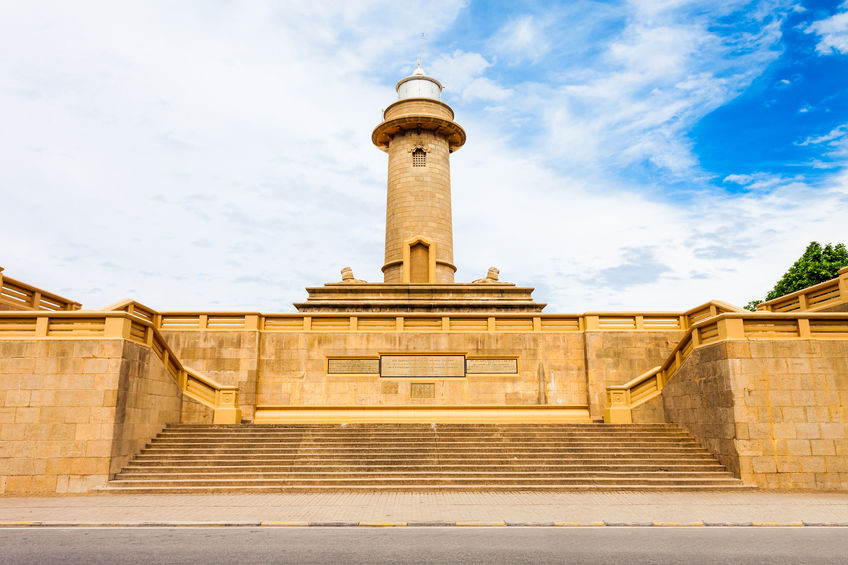
Colombo Lighthouse
The Colombo Fort is the perfect microcosm of Sri Lanka as a whole. As the country becomes increasingly urbanised it still holds on to its history, its past and its traditions, creating a culture that is truly Sri Lankan.
